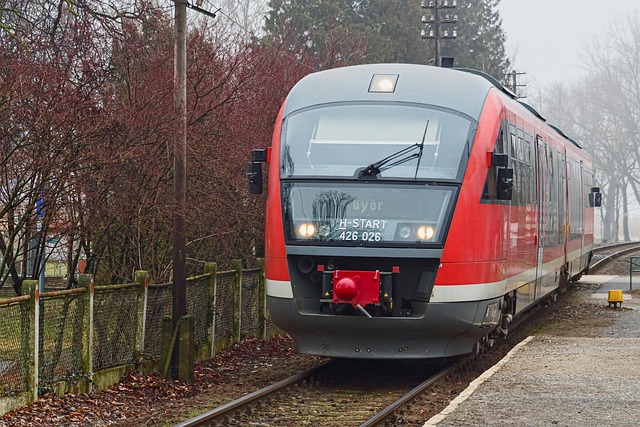As cities grow and populations increase, transportation becomes a central issue in environmental planning. While private vehicle use remains widespread, the environmental toll of car-centric infrastructure is undeniable. Expanding access to public transit offers a practical, impactful way to reduce carbon emissions, improve urban air quality, and build more sustainable communities.
Here’s why public transit plays such a critical role in protecting the environment—and how broader access can create long-term benefits for both people and the planet.
Reduced Greenhouse Gas Emissions
Transportation is one of the leading contributors to greenhouse gas emissions worldwide. Cars and trucks release large amounts of carbon dioxide, methane, and nitrous oxide—gases that accelerate climate change. Public transit, on the other hand, is significantly more efficient per passenger mile. Buses, subways, and trains can carry dozens of people at once, dramatically lowering emissions per person compared to private vehicles.
Expanding access to reliable transit options can shift commuter habits away from single-occupancy cars, reducing the overall carbon footprint of urban travel.
Better Air Quality in Urban Areas
Vehicle emissions are a major contributor to air pollution in cities. Nitrogen oxides, particulate matter, and volatile organic compounds not only harm the atmosphere but also pose direct risks to human health. Poor air quality is linked to respiratory issues, heart disease, and other chronic conditions.
Public transit helps decrease the number of cars on the road, which in turn lowers air pollution. By investing in transit infrastructure and encouraging usage, cities can make measurable improvements in public health—especially in dense neighborhoods where pollution is most concentrated.
Energy Efficiency and Resource Conservation
Public transit systems are generally far more energy-efficient than private transportation. Trains and buses use less fuel per passenger mile, and many systems are moving toward electrification, further reducing reliance on fossil fuels.
These efficiencies translate into less energy consumption overall, helping conserve natural resources. Even urban design elements like artificial turf—often used in transit-adjacent parks and infrastructure—support sustainability by minimizing water use and reducing maintenance-related fuel consumption.
Less Need for Urban Sprawl and Road Expansion
Expanding roads to accommodate more vehicles encourages urban sprawl, which leads to the destruction of green spaces, habitat loss, and increased dependence on cars. Public transit, by contrast, supports higher-density living and walkable neighborhoods.
When people can rely on trains or buses, cities don’t need to keep building out highways and parking lots. This allows for smarter land use, preserves natural areas, and supports the creation of more livable, compact urban environments.
Encouraging a Culture of Sustainability
Access to public transit doesn’t just reduce environmental harm—it also signals a shift toward a more sustainable way of life. When transit is well-funded, reliable, and accessible to all, it becomes a viable and attractive alternative to car ownership.
This culture shift can inspire broader environmental awareness, encouraging individuals to make other low-impact lifestyle choices—from conserving energy at home to opting for more sustainable landscaping materials.
Closing Remarks
Expanding access to public transit is more than a transportation issue—it’s a powerful tool for environmental protection. Cleaner air, lower emissions, reduced energy use, and more sustainable urban development all begin with better mobility options. For communities looking to future-proof their infrastructure, investing in transit isn’t just good policy—it’s essential for a healthier planet.




